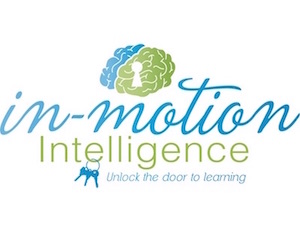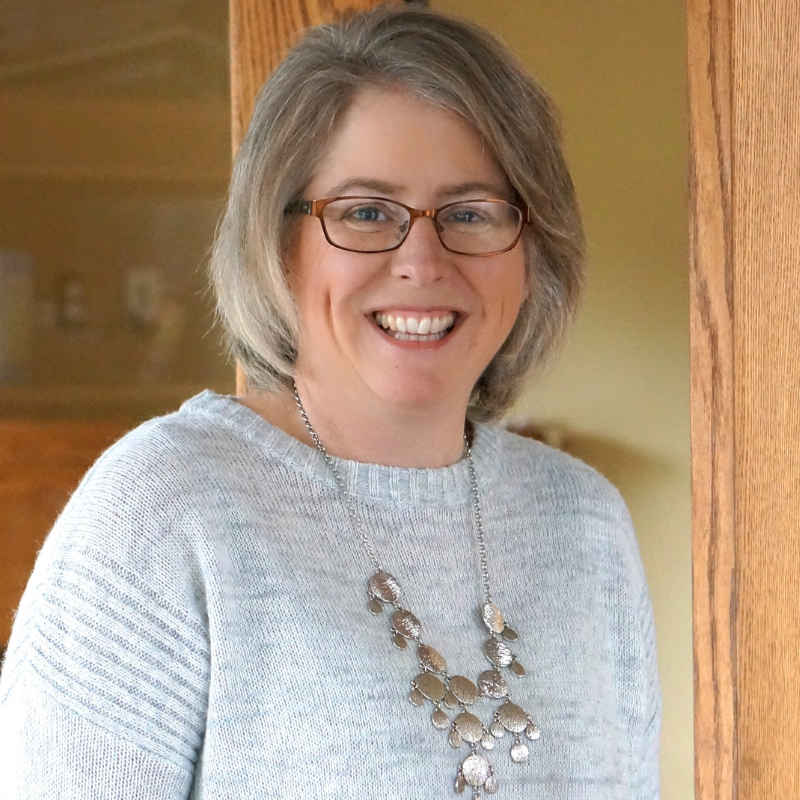Theory has its place. New techniques are exciting to learn and practice. Real life stories offer true inspiration and ground the work in reality. As Carla Hannaford encourages, all of the Educational Kinesiology work can be done anytime and anywhere. In fact, it often sparks conversation. This section is devoted to Brain Gym® and its application in real life.
Getting Lost and modeling PACE as a reset tool
Last Fall I became lost, and was subsequently late, on my way to a Brain Gym® presentation, which happened to be for an elementary staff on the afternoon before a 4 day weekend. Their motivation was low! When the presentation started (late), I was still physically shaking. My speech was rapid and high pitched while my eyes darted around unfocused. What better way to teach PACE than to model it and show its effects? When we finished finding our PACE, I invited the teachers to notice the changes in themselves. Silence. I then invited them to notice and share the changes they saw in me. They noticed I was calmer, my eyes were teaming and focusing, and my voice was dramatically lower and slower. I was able to let go of the stressful feelings of being late and lost; I had become mindfully present. They got the possibilities in their bodies AND we had a fabulous motivated three hours.
support from children after stressful phone call
One day in the classroom with my 10 boys last winter, I took a phone call which landed me in a stuck stressed state. Right in the middle of class time, I stepped into an in-depth balance only to find myself in the emotional realm, receptive process asking for supportive touch and guided visualization. I teach alone in my home—who could offer me support in this process? I called a couple of Brain Gym® friends, none of whom were home. I pertobated and stewed over my predicament for awhile. Finally at group time, I sat on the floor and invited the boys to help me finish my balance. They carefully took hold of my four limbs and offered gentle lengthening while my youngest son Aaron leapt on my back with his arms around my neck. Did that meet the need for supportive touch? You bet. I talked them through the process and modeled moving from un-integration to integration, which fulfilled the guided visualization. I immediately felt better. I realized the learning curve in the balance process and menu priorities. As adults we can receive as much as we can offer the little people in our lives. Interdependence is a goal we can all strive to reach.
energy follows intent
While on eating lunch at a restaurant during the In-Depth class, we encountered a stressed out waitress. Our class had just completed a balance process and were all feeling really integrated. By the time we left the restaurant this waitress was smiling and chatting with us in the most friendly manner. Our positive energy followed our intent to end this frazzled woman’s lunch rush with a smile. Informality, attitude, and heart space all have an impact!
Attitude adjustment
A Brain Gym® 101 student of mine returned home after a full day of Brain Gym to find grandma had allowed her son to skip his nap. The boy instantly fell asleep only to awaken later grouchy. “Nothing I did was satisfactory to him. He was not pleasant! I thought that I would share with him some Brain Gym®. To my delight he was completely receptive to it! He was happy again and wanted to learn more movements…His change in attitude shifted completely from being irrational to enthusiastic. I am amazed!” L.D.
play dates and positive points
My five year old son was also having “one of those days” during a play date. I invited him to drink some water and he guzzled 10+ ounces. He then went into hook ups and accepted my invitation to hold his positive points during which he belly breathed. After only 2 minutes he went outside and played peacefully with his friend for 30 minutes! We balanced together with intention and without the manual.
Anxiety at Vacation Bible School
At Vacation Bible School I had 30 four year olds in my charge, some of whom had never been away from home and experienced serious separation anxiety. I used Brain Gym® frequently that week! The “criers” were offered water, lazy 8’s on the back and positive points. Our entire group did thinking caps before stories, energy yawns before music and lengthening activities whenever we needed to re-focus. They loved these movements and their parents loved the results. I had many opportunities to enthusiastically and passionately share this work.
Do you see how Brain Gym® can be adapted to the situation? It doesn’t need to be a formal hour of goal setting and balancing. One can get balanced and reach integration in an informal, short amount of time. Trust the process. Set the intention to get the most out of the experience. Practice. Use the tools you know.
A chiropractor recently finished Brain Gym® 101 and is integrating Brain Gym® into his practice. Teachers integrate this into what they already do. As a parent I find myself naturally using Brain Gym® throughout each day. Working with children is a unique dynamic process…they truly model “Movement is the door to learning.” (Paul Dennison) Meet your balance partner, even when it is yourself, and dance together.





